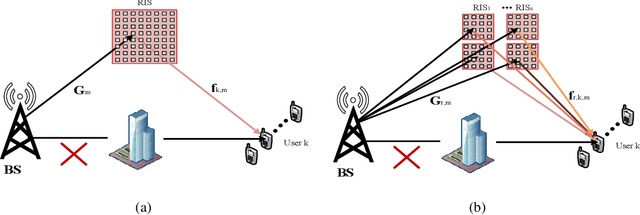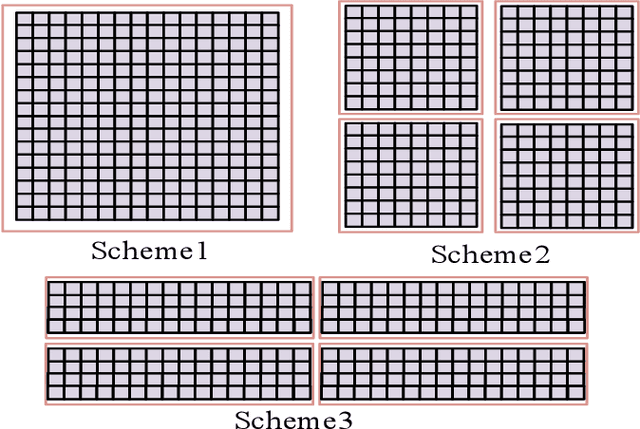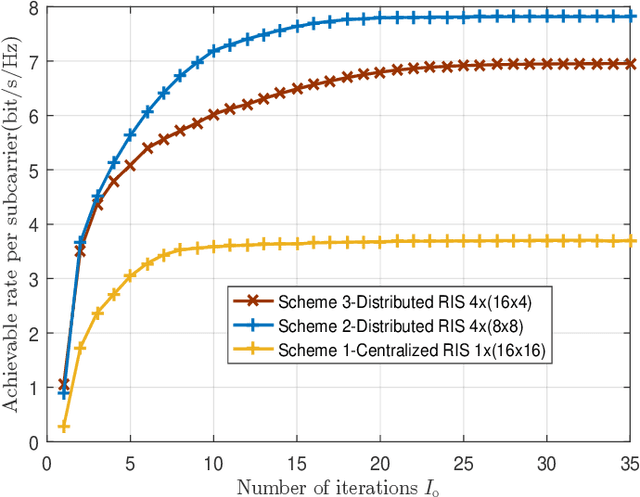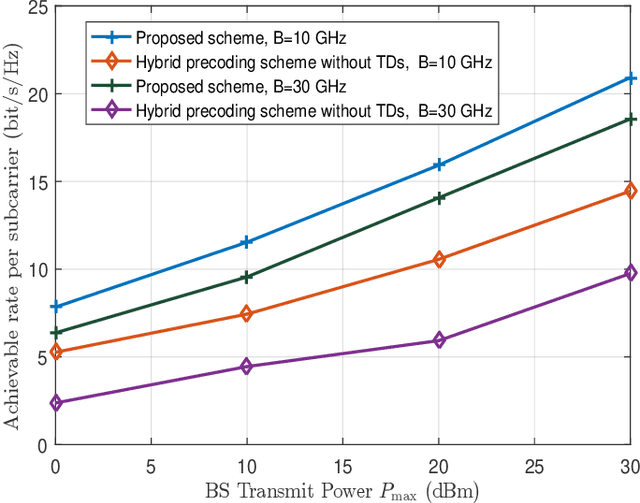Osamu Muta
Device-free Indoor WLAN Localization with Distributed Antenna Placement Optimization and Spatially Localized Regression
Jan 31, 2024



Abstract:Wireless sensing is a promising technology for future wireless communication networks to realize various application services. Wireless local area network (WLAN)-based localization approaches using channel state information (CSI) have been investigated intensively. Further improvements in detection performance will depend on selecting appropriate feature information and determining the placements of distributed antenna elements. This paper presents a proposal of an enhanced device-free WLAN-based localization scheme with beam-tracing based antenna placement optimization and spatially localized regression, where beam-forming weights (BFWs) are used as feature information for training machine-learning (ML)-based models localized to partitioned areas. By this scheme, the antenna placement at the access point (AP) is determined by solving a combinational optimization problem with beam-tracing between AP and station (STA) without knowing the CSI. Additionally, we propose the use of localized regression to improve localization accuracy with low complexity, where classification and regression based ML models are used for coarse and precise estimations of the target position. We evaluate the proposed scheme effects on localization performance in an indoor environment. Experiment results demonstrate that the proposed antenna placement and localized regression scheme improve the localization accuracy while reducing the required complexity for both off-line training and on-line localization relative to other reference schemes.
Beamforming Analysis and Design for Wideband THz Reconfigurable Intelligent Surface Communications
Jul 30, 2022



Abstract:Reconfigurable intelligent surface (RIS)-aided terahertz (THz) communications have been regarded as a promising candidate for future 6G networks because of its ultra-wide bandwidth and ultra-low power consumption. However, there exists the beam split problem, especially when the base station (BS) or RIS owns the large-scale antennas, which may lead to serious array gain loss. Therefore, in this paper, we investigate the beam split and beamforming design problems in the THz RIS communications. Specifically, we first analyze the beam split effect caused by different RIS sizes, shapes and deployments. On this basis, we apply the fully connected time delayer phase shifter hybrid beamforming architecture at the BS and deploy distributed RISs to cooperatively mitigate the beam split effect. We aim to maximize the achievable sum rate by jointly optimizing the hybrid analog/digital beamforming, time delays at the BS and reflection coefficients at the RISs. To solve the formulated problem, we first design the analog beamforming and time delays based on different RISs physical directions, and then it is transformed into an optimization problem by jointly optimizing the digital beamforming and reflection coefficients. Next, we propose an alternatively iterative optimization algorithm to deal with it. Specifically, for given the reflection coefficients, we propose an iterative algorithm based on the minimum mean square error technique to obtain the digital beamforming. After, we apply LDR and MCQT methods to transform the original problem to a QCQP, which can be solved by ADMM technique to obtain the reflection coefficients. Finally, the digital beamforming and reflection coefficients are obtained via repeating the above processes until convergence. Simulation results verify that the proposed scheme can effectively alleviate the beam split effect and improve the system capacity.
 Add to Chrome
Add to Chrome Add to Firefox
Add to Firefox Add to Edge
Add to Edge